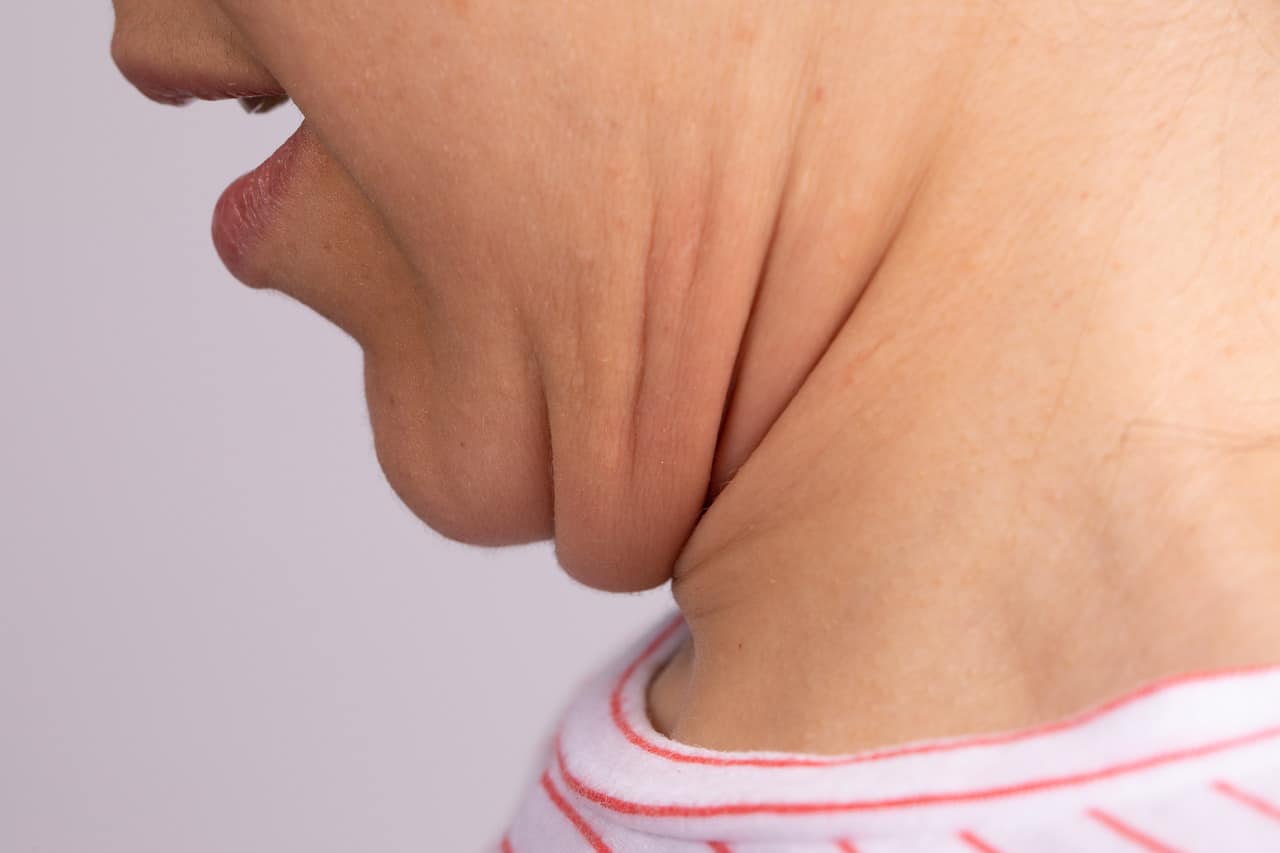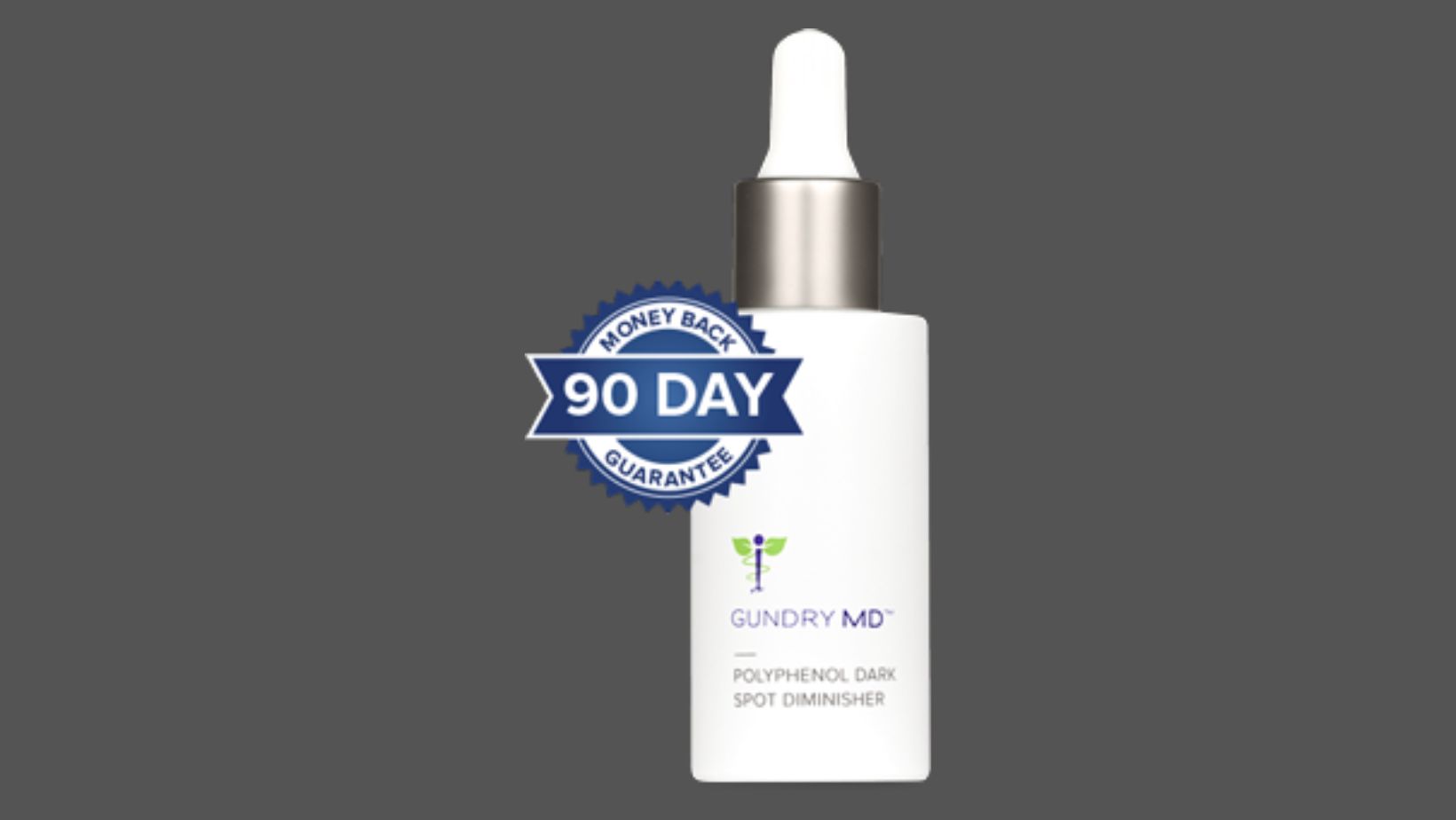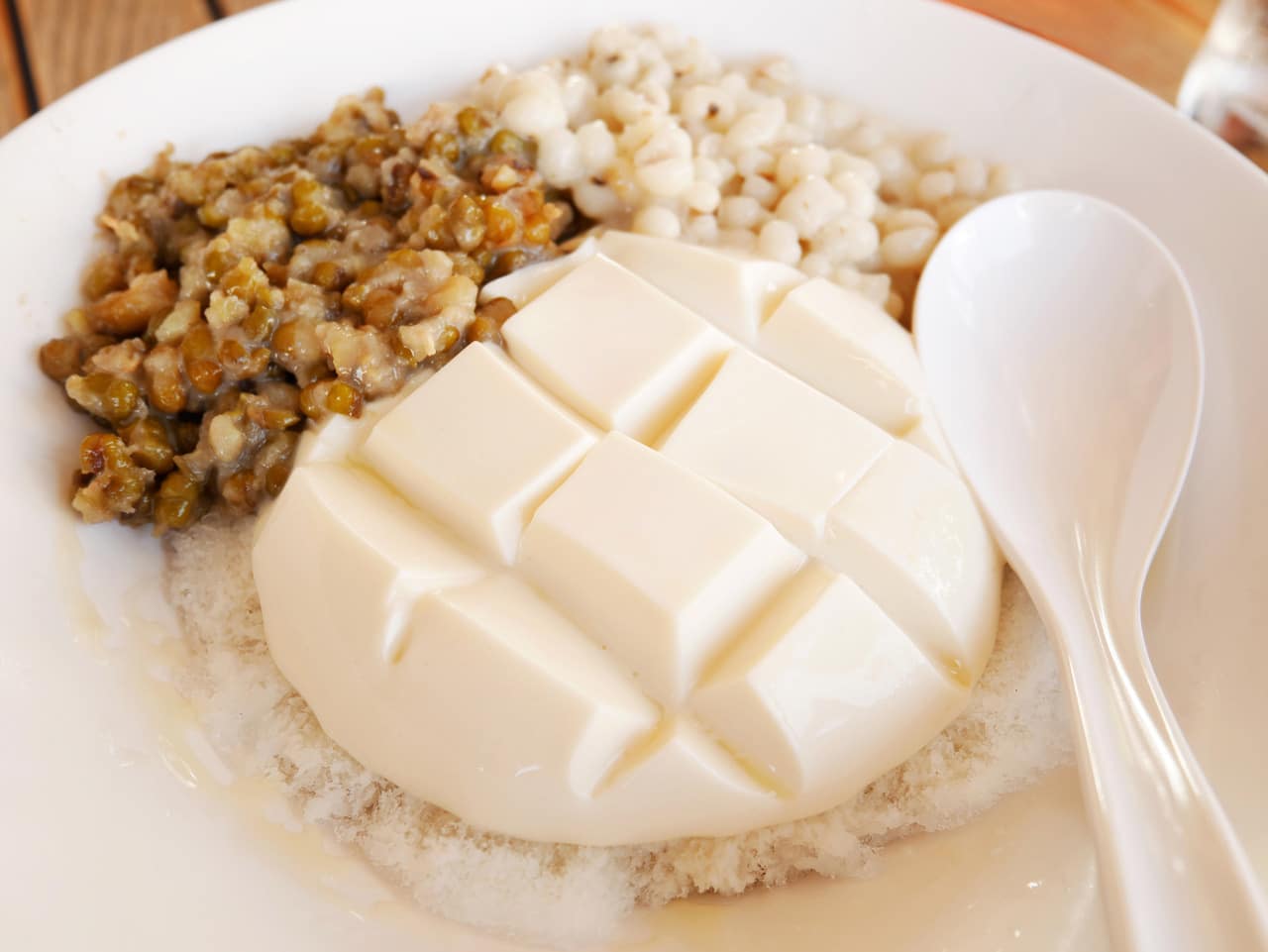Neck fat, often referred to as a “double chin” or submental fat, can be a source of frustration for many individuals. Whether it’s due to genetics, weight gain, or the natural ageing process, excess fat in the neck area can affect one’s self-confidence and overall appearance. Fortunately, there are numerous effective ways to combat neck fat and achieve a slimmer, more youthful neck and jawline.
In this article, we will explore proven strategies and techniques to help you get rid of neck fat. Whether you’re looking for lifestyle changes, or targeted exercises, we’ve got you covered. Say goodbye to neck fat and hello to a more confident you as we delve into the best ways to achieve a sculpted and toned neck.
Common Causes of Neck Fat
Neck fat can develop due to various factors, and understanding these common causes is essential in devising an effective plan to address it. Here are some of the primary reasons why neck fat may develop:
- Weight Gain
One of the most prevalent causes of neck fat is weight gain or obesity. When you gain weight, your body tends to store excess fat in various areas, including the neck and face. This can lead to the appearance of a double chin.
- Ageing
The ageing process can contribute to the development of neck fat. As you age, your skin’s elasticity decreases, and the muscles in the neck may weaken. These changes can result in sagging skin and the accumulation of fat, making neck fat more prominent.
- Genetics
Genetic factors play a significant role in determining how and where your body stores fat. If your family has a history of neck fat or double chins, you may be genetically predisposed to developing this condition.
- Posture
Poor posture, such as slouching or tilting your head downward frequently, can put excess strain on the neck muscles and contribute to the development of neck fat over time.
- Lifestyle Habits
Certain lifestyle choices can exacerbate neck fat. For example, excessive alcohol consumption and smoking can affect your overall health and may contribute to fat accumulation in the neck area.
Health Implications Of Excess Neck Fat
While it may not pose the same immediate risks as excess visceral fat around organs, it is important to be aware of the potential health consequences associated with excess neck fat. Here are some of the health implications:
- Obstructed Airway and Breathing Issues
Excess neck fat can contribute to the narrowing of the upper airway, potentially leading to sleep-related breathing disorders such as obstructive sleep apnea (OSA). OSA is characterized by repeated interruptions in breathing during sleep, which can result in daytime fatigue, high blood pressure, and an increased risk of cardiovascular problems.
- Cardiovascular Health
Obesity, including excess neck fat, is a risk factor for cardiovascular diseases such as heart disease and stroke. The presence of excess fat in the neck area can be an indicator of a higher body mass index (BMI), which is associated with an increased risk of hypertension, elevated cholesterol levels, and other cardiovascular issues.
- Metabolic Syndrome
Metabolic syndrome is a cluster of conditions that increase the risk of heart disease, diabetes, and stroke. Excess neck fat can contribute to the development of metabolic syndrome, as it is often associated with insulin resistance, elevated blood sugar levels, and abnormal lipid profiles.
- Type 2 Diabetes
Obesity, including neck fat, is a well-established risk factor for type 2 diabetes. Excess body fat, especially around the neck and abdomen, can disrupt insulin sensitivity and lead to insulin resistance, a hallmark of type 2 diabetes.
- Joint and Musculoskeletal Problems
Carrying excess weight, including neck fat, can put additional strain on the musculoskeletal system, leading to joint pain, particularly in the neck, shoulders, and back.
- Psychological Well-Being
The presence of excess neck fat can also impact one’s psychological well-being. It may lead to reduced self-esteem, body image dissatisfaction, and social discomfort, potentially contributing to mental health concerns such as depression and anxiety.
Targeted Neck Exercises
One of the effective ways to reduce neck fat and strengthen the muscles in the neck and jawline is through targeted exercises. These exercises can help tone and tighten the area, ultimately contributing to a more sculpted and defined neck. Here are some key neck exercises to consider:
A. Chin Tucks
How to Perform: Sit or stand up straight with your shoulders relaxed. Gently tuck your chin down toward your chest, as if you are trying to make a double chin. Hold this position for a few seconds, then release.
Repetitions: Aim for 10-15 repetitions in a set, gradually increasing as you become more comfortable.
B. Neck Stretches
How to Perform: Sit or stand with your back straight. Slowly tilt your head to one side, bringing your ear toward your shoulder. Hold the stretch for 15-30 seconds, feeling the gentle stretch along the side of your neck. Repeat on the other side.
Repetitions: Perform this stretch 2-3 times on each side.
C. Resistance Exercises
Neck Resistance Band Exercise: You can use a resistance band to strengthen your neck muscles. Attach one end of the band to a sturdy anchor and the other end to your forehead. Gently push your forehead forward against the resistance of the band and then return to the starting position.
Repetitions: Start with 10-15 repetitions and gradually increase resistance as your neck muscles become stronger.
D. Yoga and Its Benefits
Various yoga poses, such as Cobra Pose (Bhujangasana) and Fish Pose (Matsyasana), can help strengthen the neck muscles, improve posture, and reduce neck fat over time.
Incorporate yoga into your fitness routine to enhance overall flexibility and muscle tone in the neck area.
These targeted neck exercises can be incorporated into your daily routine to help combat neck fat and improve the appearance of your neck and jawline. It’s essential to perform these exercises with proper form and gradually increase intensity to avoid strain or injury.
In addition to targeted exercises, consider adopting a comprehensive approach that includes cardiovascular workouts and strength training for overall weight management and muscle toning. The combination of these strategies can yield more significant results in your quest to get rid of neck fat.
Diet and Nutrition
A crucial aspect of getting rid of neck fat involves maintaining a balanced diet and making smart nutritional choices. A healthy diet can help you shed excess weight, including fat in the neck area, and promote overall well-being. Here are essential dietary considerations:
A. Healthy Eating Habits
- Calorie Control: To lose weight, you must create a calorie deficit, which means burning more calories than you consume. Calculate your daily caloric needs and aim to consume fewer calories to promote fat loss.
- Balanced Diet: Prioritize a well-balanced diet that includes a variety of foods from all food groups. This ensures you get essential nutrients while controlling calorie intake.
- Portion Control: Be mindful of portion sizes to avoid overeating. Smaller, controlled portions can help prevent excess calorie consumption.
B. Nutrient-Dense Foods
- Lean Proteins: Incorporate lean protein sources like poultry, fish, lean beef, tofu, and legumes into your meals. Protein helps with muscle maintenance and supports satiety.
- Fruits and Vegetables: Consume plenty of fruits and vegetables, which are low in calories and rich in vitamins, minerals, and fibre. Fiber promotes fullness and aids in weight management.
- Whole Grains: Opt for whole grains like brown rice, quinoa, and whole wheat bread over refined grains. Whole grains provide sustained energy and are more filling.
- Healthy Fats: Choose sources of healthy fats, such as avocados, nuts, seeds, and olive oil. These fats are essential for overall health and can help control appetite.
C. Hydration
- Water: Staying hydrated is crucial for overall health and can help control appetite. Drink plenty of water throughout the day, and consider having a glass before meals to help control portion sizes.
- Limit Sugary Beverages: Reduce or eliminate sugary drinks like soda, fruit juices, and energy drinks, as they can contribute to weight gain.
D. Avoiding Neck Fat Triggers
- Alcohol: Excessive alcohol consumption can lead to weight gain and the accumulation of fat, including neck fat. Consume alcohol in moderation or consider abstaining altogether.
- Smoking: Smoking not only affects overall health but can also contribute to premature ageing and the breakdown of collagen, potentially worsening the appearance of neck fat. Quitting smoking is essential for both your appearance and health.
HealthifyMe Suggestion
We need fats for various body functions, hence omitting it completely from one’s diet is not advised. Dietary fat is important for making healthy cells. It produces hormones and other signalling molecules and is a source of energy. Two categories of dietary fat are saturated and unsaturated. They have the same amount of calories but different effects on your health. We need to aim for a good balance between the different dietary fats to optimise our health and reduce health risks. Saturated fats are generally solid at room temperature and these are the fats that will have a negative impact on our health. They are the naturally occurring ‘bad fats’ and are found in butter, hard cheeses, fatty meat and meat products, cream, lard, and some plant oils. Unsaturated fats include polyunsaturated, monounsaturated and Omega 3 fats. These will have a positive impact on our health. Monounsaturated and polyunsaturated fats are found in oils such as olive, rapeseed and sunflower. Omega-3 and omega-6 are known as essential fatty acids (EFA’s) because the body can only get these from diet. They are found in oily fish such as sardines, salmon and mackerel. Trans fats are a form of unsaturated fat that rarely exists in natural food but are associated with partially hydrogenated vegetable oils. They are often added to processed foods such as cakes and biscuits and so these should be eaten less often and in small amounts. Trans fats as cooking oils have been banned in some regions because of their impact on cardiovascular health.
Conclusion
In the pursuit of a slimmer and more defined neck, it’s evident that addressing neck fat involves a multifaceted approach. Understanding the causes and implications of neck fat, from excess weight gain to genetic factors, is the first step. From there, adopting a balanced lifestyle, including a healthy diet, targeted exercises, and proper hydration, can help you make significant strides in reducing neck fat. Beyond the cosmetic benefits, it’s essential to recognize the potential health risks associated with excess neck fat, such as cardiovascular issues and obstructed airways, underscoring the importance of taking action. By committing to these strategies and maintaining patience and consistency, you can not only achieve your aesthetic goals but also enhance your overall well-being.
In your journey to bid farewell to neck fat, remember that progress may vary from person to person, but every step toward a healthier lifestyle and a more confident you is a step in the right direction. Seek support from healthcare professionals and loved ones, stay motivated, and celebrate your successes along the way, as the pursuit of a slimmer, more sculpted neck is a journey worth embarking upon.
Disclaimer: The purpose of this article is just to disperse knowledge and raise awareness. It does not intend to replace medical advice from professionals. For further information please contact our certified nutritionists Here
Frequently Asked Questions (FAQs)
1. What causes neck fat to develop?
Neck fat can develop due to factors such as weight gain, ageing, genetics, poor posture, and lifestyle habits like excessive alcohol consumption.
2. Can neck fat be reduced through diet and exercise alone?
Yes, a combination of a healthy diet and targeted neck exercises can help reduce neck fat. However, some individuals may require additional measures like cosmetic procedures for optimal results.
3. Are there specific exercises to target neck fat?
Yes, exercises like chin tucks, neck stretches, and resistance exercises can help strengthen the neck muscles and improve the appearance of the neck and jawline.
4. How long does it take to see results from neck fat reduction efforts?
The time it takes to see results varies from person to person and depends on factors such as the chosen methods, consistency, and individual metabolism. It may take several weeks to months to notice significant changes.
5. Are there any health risks associated with excess neck fat?
Yes, excess neck fat can be associated with health risks such as obstructive sleep apnea, cardiovascular issues, and metabolic syndrome. Addressing neck fat can help mitigate these risks.
6. What is the role of genetics in neck fat development?
Genetics can influence how and where your body stores fat. If you have a family history of neck fat, you may be genetically predisposed to developing it as well.
7. Can I spot-reduce neck fat without losing weight elsewhere?
Spot reduction is generally challenging. Efforts to reduce neck fat often coincide with overall weight loss, but it’s essential to focus on overall health rather than targeting specific areas exclusively.
8. What role does hydration play in reducing neck fat?
Staying adequately hydrated is essential for overall health and can help control appetite. Drinking water before meals may help with portion control and weight management.
9. Is surgery the only option for immediate neck fat reduction?
No, surgical options like liposuction and neck lift surgery are not the only options. Non-invasive procedures like Kybella injections and CoolSculpting offer alternatives for those seeking quicker results.
10. Can I combine different methods for more effective neck fat reduction?
Yes, combining lifestyle changes, targeted exercises, and, if desired, cosmetic procedures can often yield the most effective and personalized results in reducing neck fat. It’s advisable to consult with a healthcare professional to determine the best approach for your specific needs.
Reference Sources
- Neck fat and obstructive sleep apnea in obese adolescents: https://www.ncbi.nlm.nih.gov/pmc/articles/PMC8598172/
- Association between neck circumference and diabetes mellitus: a systematic review and meta-analysis: https://dmsjournal.biomedcentral.com/articles/10.1186/s13098-023-01111-z#:~:text
- The relation between body mass index and musculoskeletal symptoms in the working population: https://bmcmusculoskeletdisord.biomedcentral.com/articles/10.1186/1471-2474-14-238
- The Psychosocial Burden of Obesity: https://www.ncbi.nlm.nih.gov/pmc/articles/PMC6052856/
Source link: https://www.healthifyme.com/blog/neck-fat-causes-implications-and-corrective-tips/ by Nahida at www.healthifyme.com








